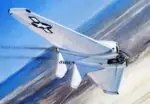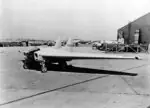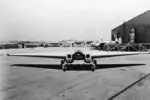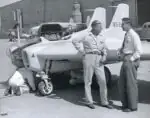During World War II, Soviet and Japanese military pilots widely employed ramming attacks against enemy aircraft. This tactic was also considered in Germany. The Northrop XP-79B was unique in that it was the first aircraft specifically designed for ramming attacks.
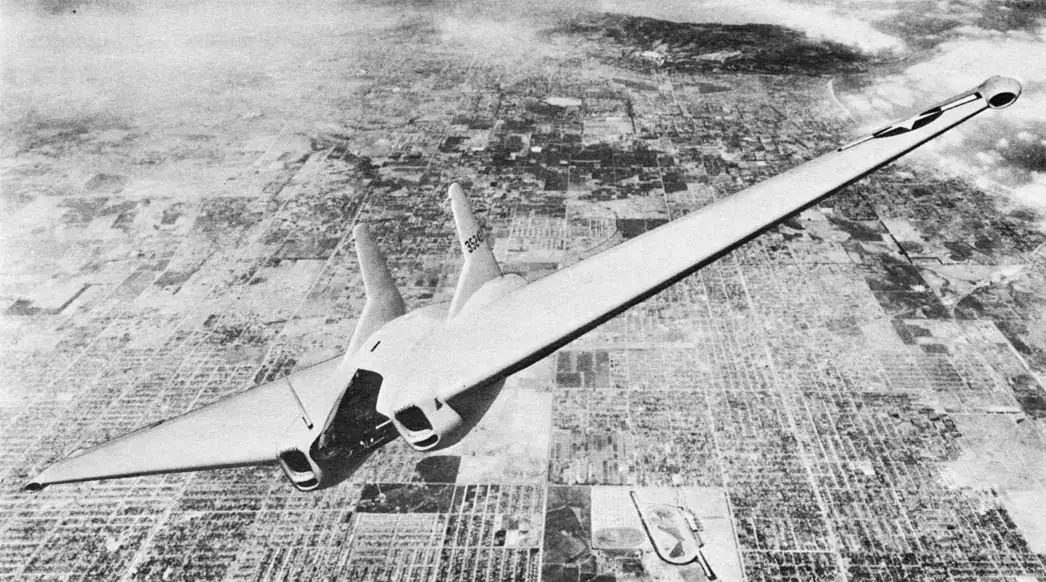
The XP-79B aircraft featured a welded semi-monocoque structure made entirely of magnesium alloys. Its powerplant consisted of two Westinghouse J-30-WE turbojet engines, each providing 520 kg of thrust. This machine was developed based on the designs of the XP-79 and XP-79A aircraft, which had a single J-30-WE turbojet engine and were variants of the MX-324 aircraft with a liquid-fuel rocket engine.
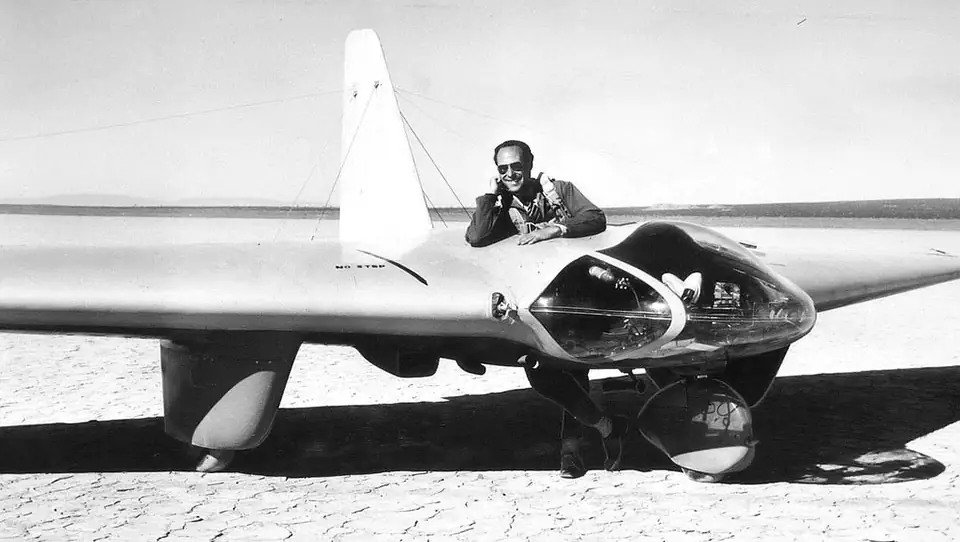
However, the XP-79B had a different purpose and differed in design. If the “Flying Ram” had been produced and adopted, it would have been capable of cutting off the tails of enemy heavy bombers with its specially reinforced leading-edge wings. Additionally, if the ramming attack was unsuccessful, the aircraft was equipped with four 12.7 mm machine guns.
An unusual feature of the aircraft’s control system was the use of “valve” type control elements for managing the plane’s vertical axis. Oval cross-section tubes were installed at the wingtips. To create a yawing moment, a special valve would block the cross-section of one of the tubes. For lateral stability, the aircraft had two fins mounted on the engine nacelles, although the initial design only included one fin. The aircraft was equipped with retractable four-wheel landing gear.
The pilot’s cockpit was located in the central thickened part of the wing and had a detachable design. The pilot in the Northrop XP-79B was positioned lying down, which was intended to allow maneuvers with loads up to 12 g. The reason for this was that the horizontal position of the pilot, lying on their stomach with their head forward, minimized the impact of sharp maneuvers by keeping blood pressure in the brain, heart, and legs at the same level. However, this position was uncomfortable for a person over a prolonged period.
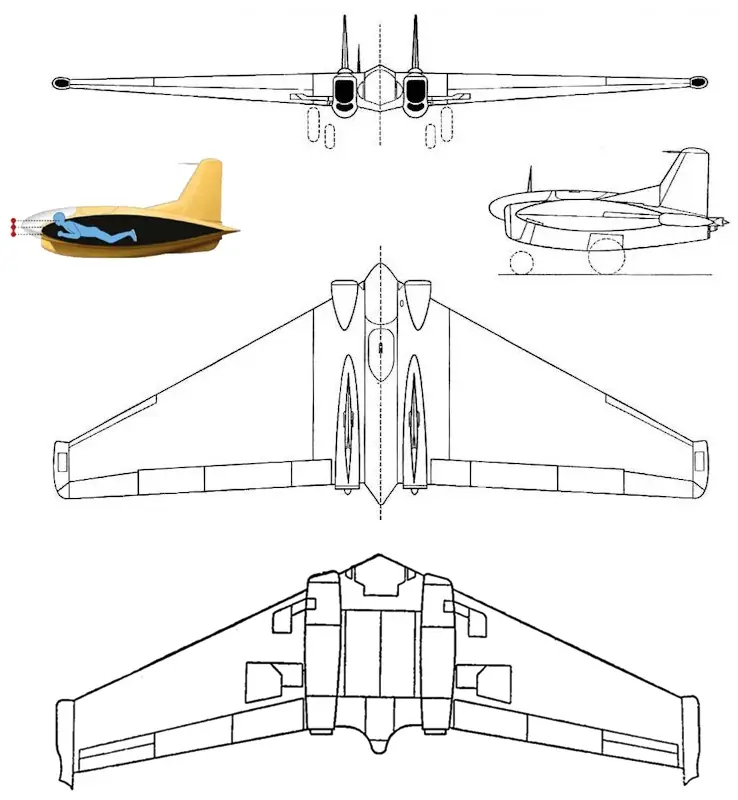
Main technical characteristics of the Northrop XP-79B “Flying Ram”:
- Weight: 3940 kg
- Dow 4.28 m
- Wing wingspan: 11.6 m
- Maximum speed: 815 km/hour
The Northrop XP-79B “Flying Ram” made its maiden flight on September 12, 1945, but it was also its last. During the flight, test pilot Harry Crosby lost control, and the aircraft crashed, resulting in the tragic death of the pilot. Soon the project was closed.



